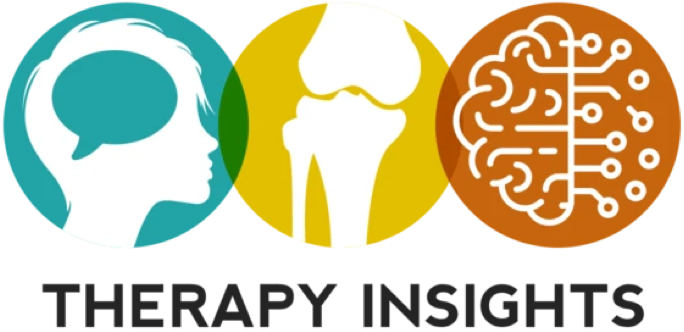Handout
Commonly Used Toys in Early Language Intervention
Print Resource
— US Letter — 1 page
PediatricSLPLanguage Development
This handout describes many of the toys included in an SLP’s tooklit and how parents and caregivers can use these toys at home to carry-over practice for speech therapy goals.
